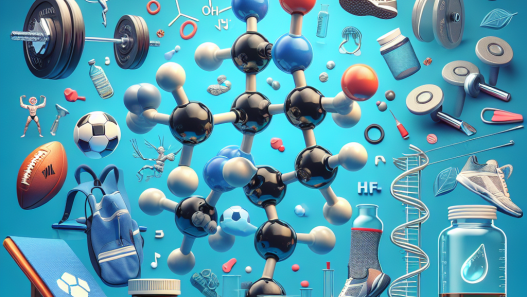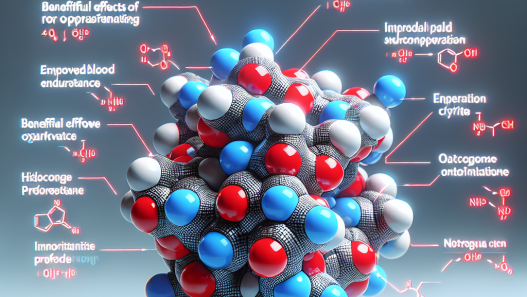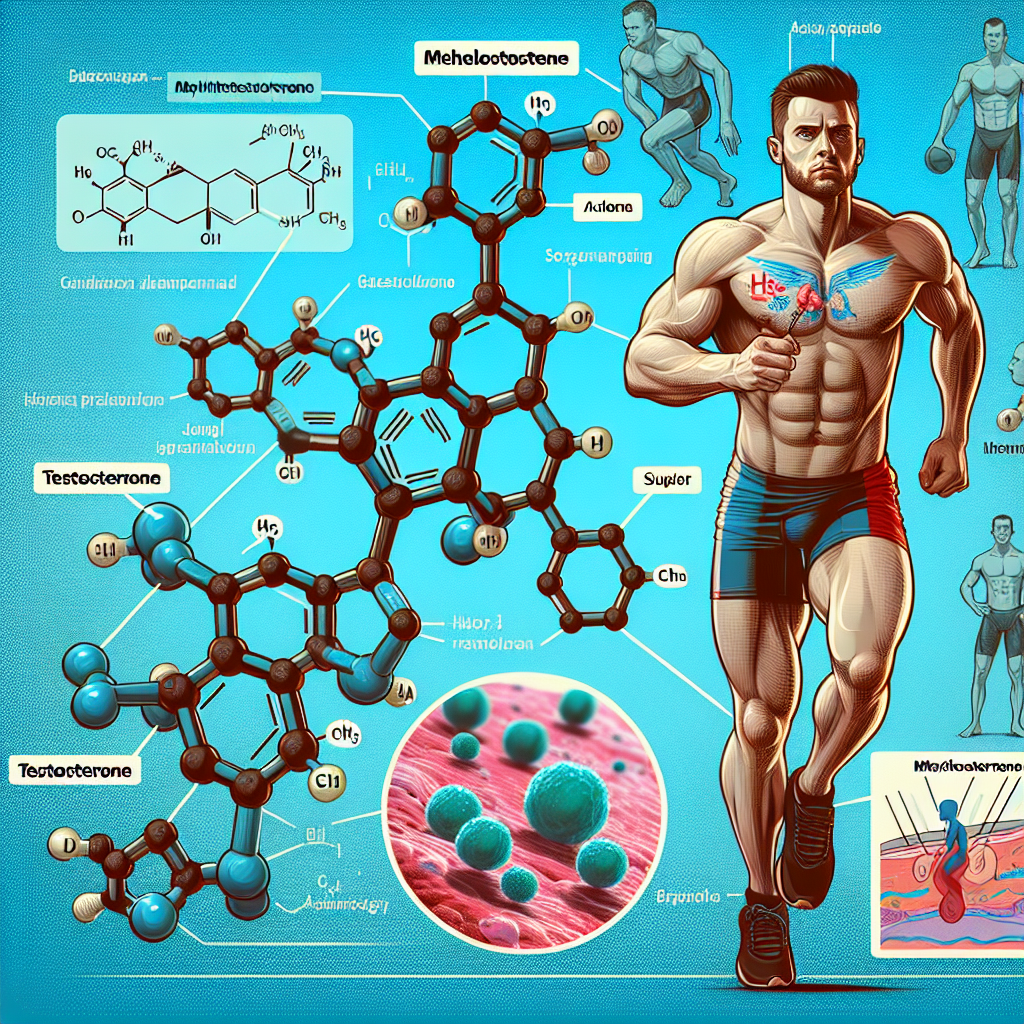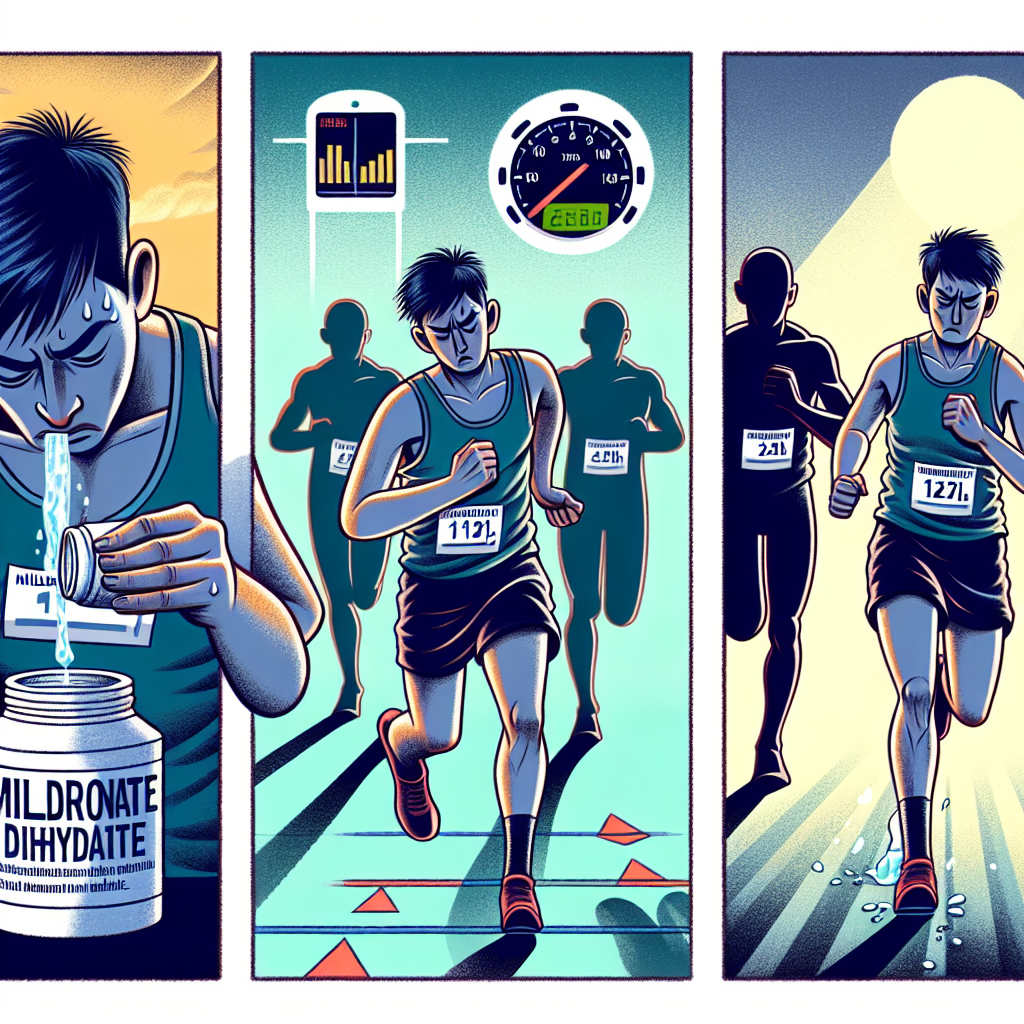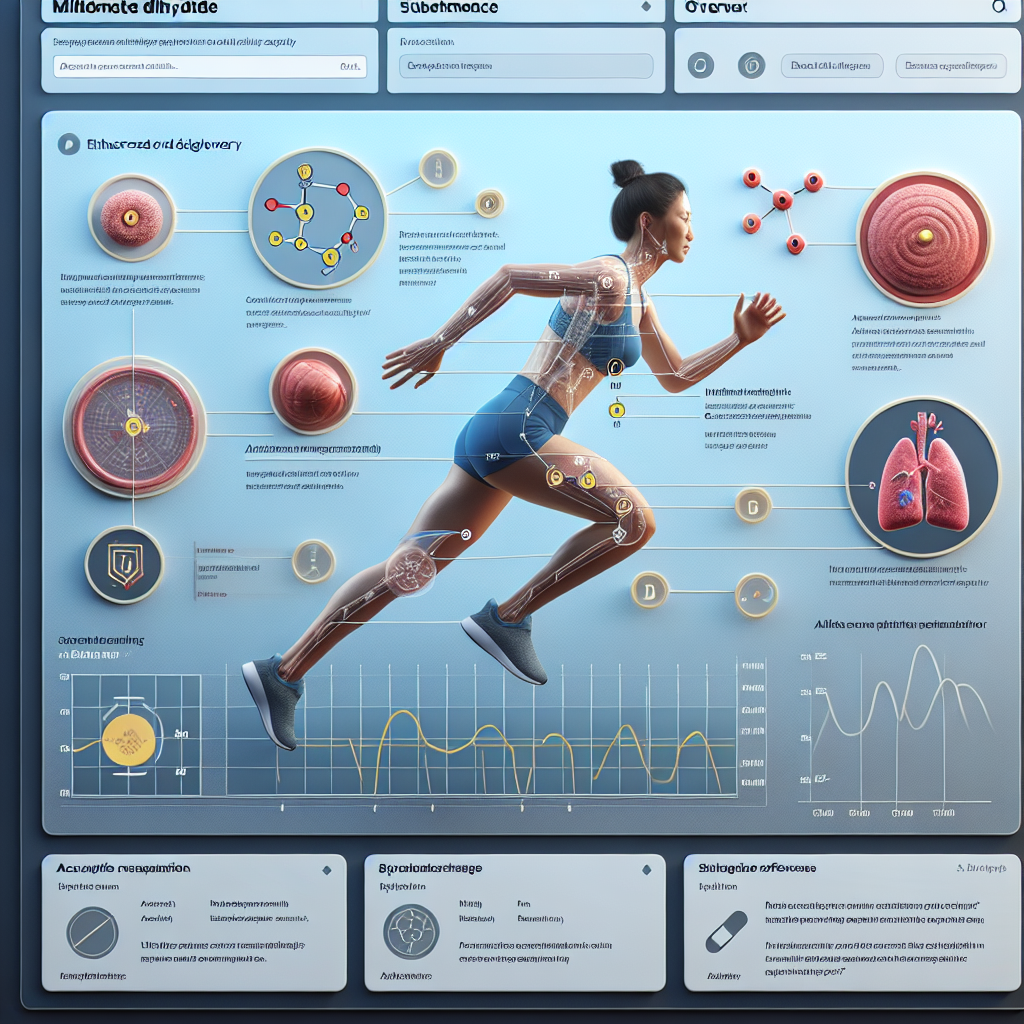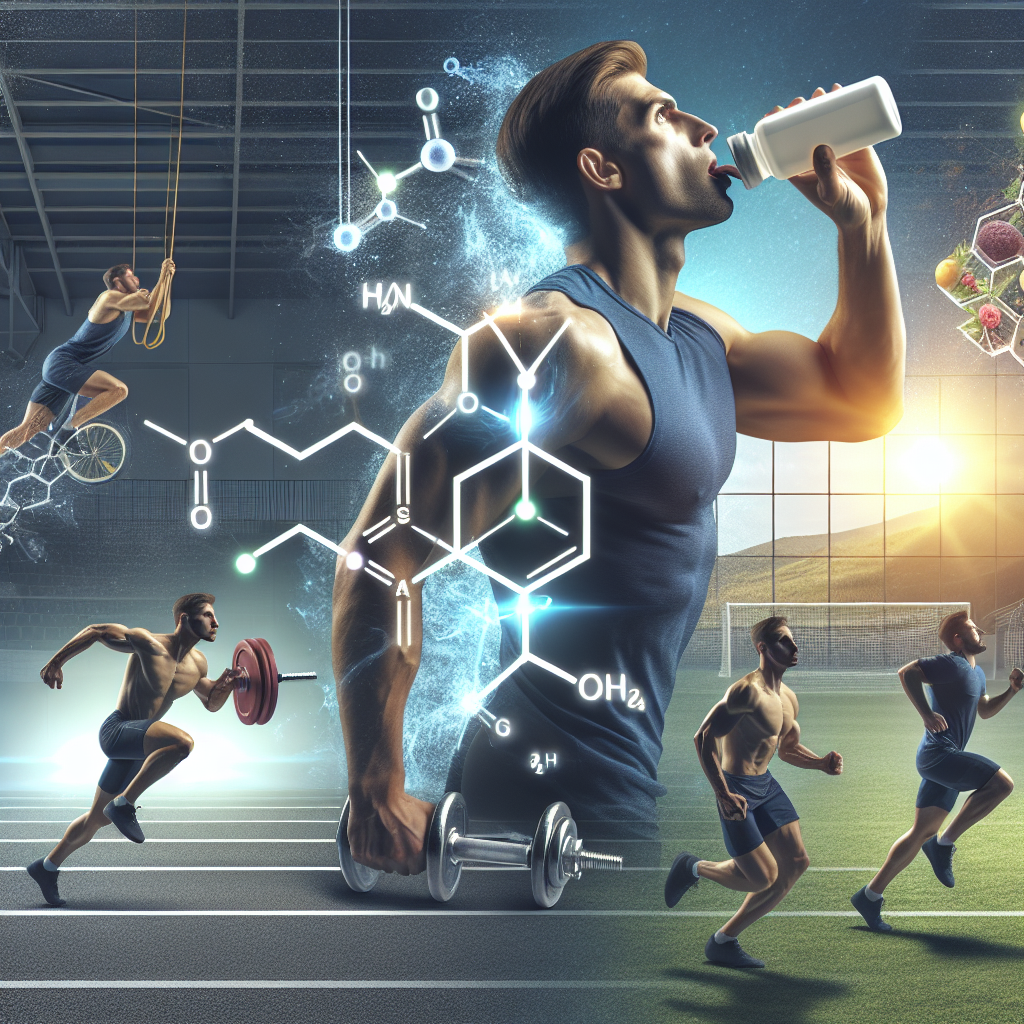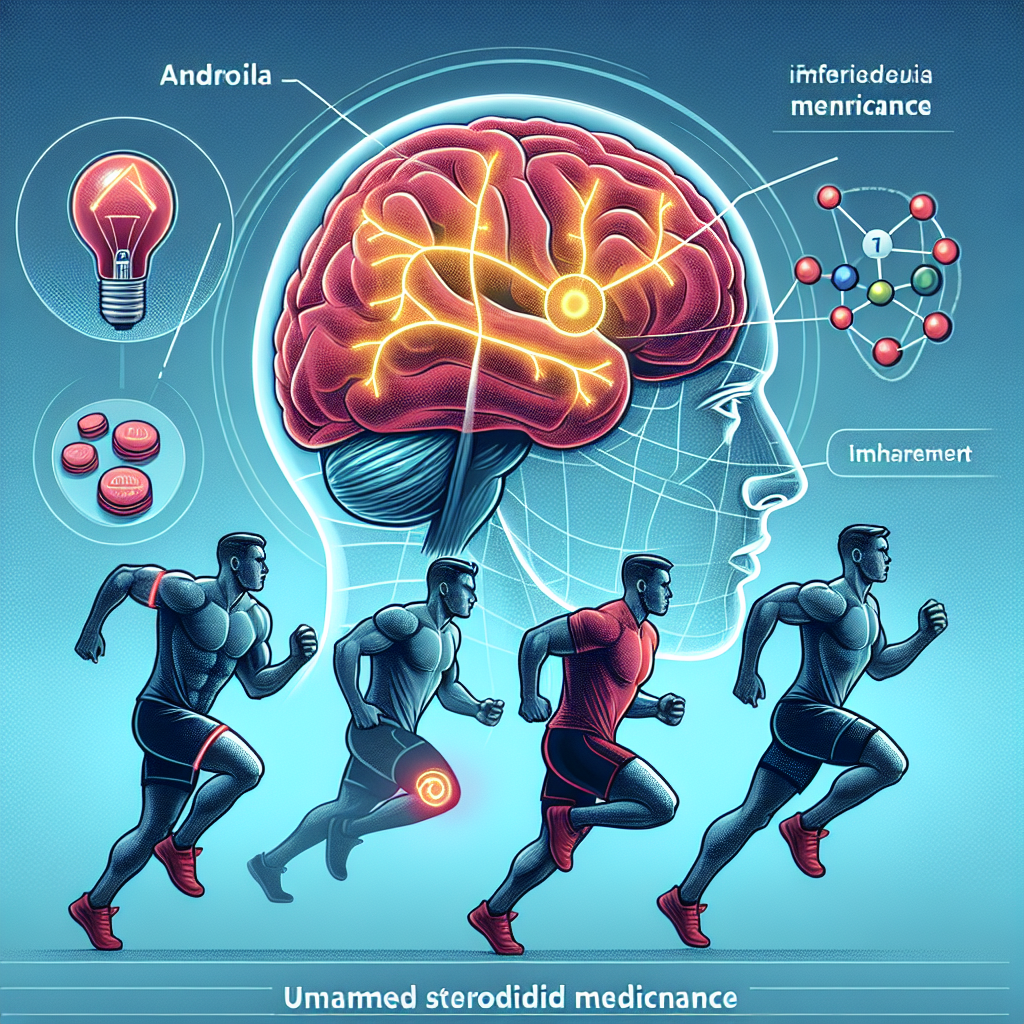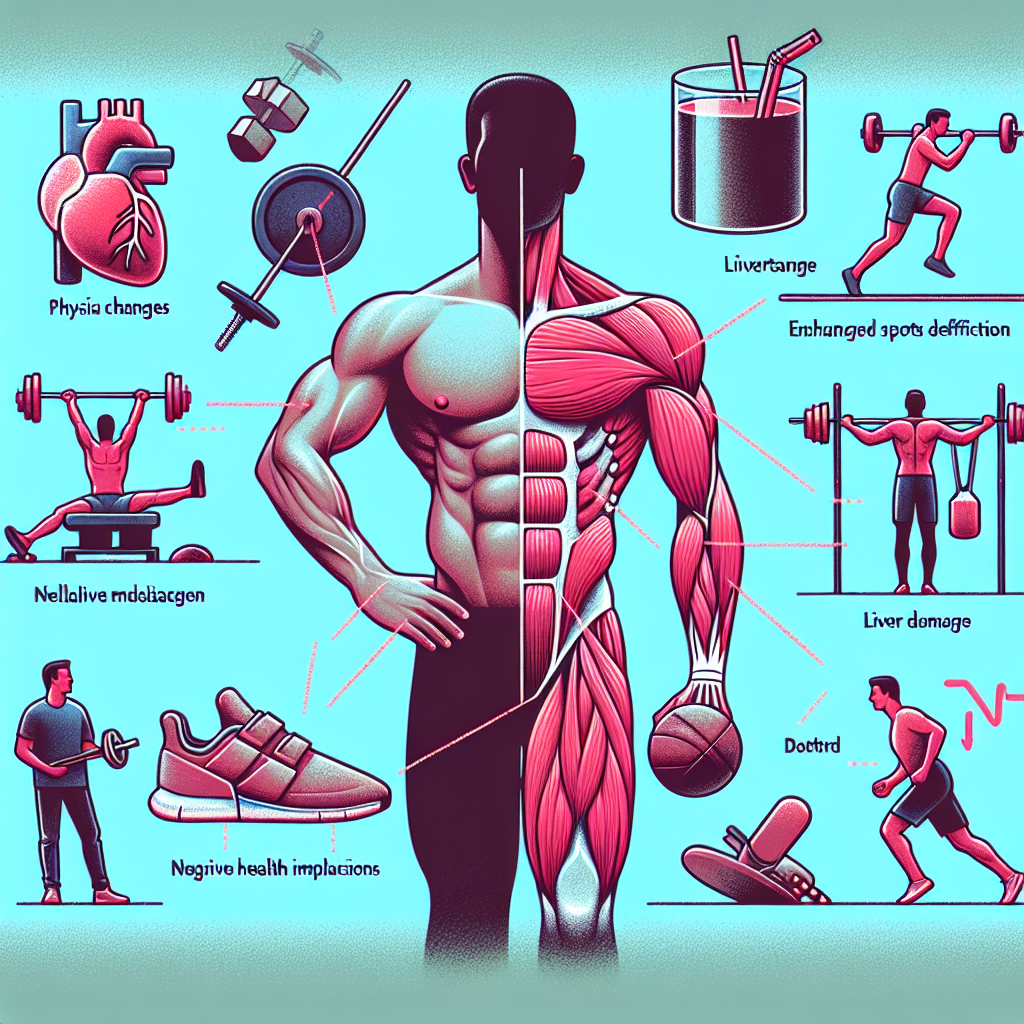-
Table of Contents
Mechanisms and Implications of Methyltestosterone in Sports Pharmacology
Sports pharmacology is a rapidly evolving field that aims to enhance athletic performance through the use of various substances. One such substance that has gained attention in recent years is methyltestosterone. This synthetic androgenic-anabolic steroid has been used for decades in the treatment of hypogonadism and delayed puberty in males, but its use in sports has raised concerns about its mechanisms and implications. In this article, we will explore the pharmacokinetics and pharmacodynamics of methyltestosterone and its potential impact on athletic performance.
Pharmacokinetics of Methyltestosterone
Methyltestosterone is a synthetic derivative of testosterone, the primary male sex hormone. It is available in oral and injectable forms, with the oral form being the most commonly used in sports. After oral administration, methyltestosterone is rapidly absorbed from the gastrointestinal tract and reaches peak plasma levels within 1-2 hours (Kicman, 2008). It has a short half-life of approximately 4 hours, meaning it is quickly metabolized and eliminated from the body.
The metabolism of methyltestosterone occurs primarily in the liver, where it is converted into inactive metabolites that are excreted in the urine. However, a small percentage of the drug is also converted into active metabolites, including 17α-methyl-5α-androstan-3α,17β-diol (M1) and 17α-methyl-5β-androstan-3α,17β-diol (M2) (Kicman, 2008). These metabolites have a longer half-life than methyltestosterone and can be detected in urine for up to 3-4 days after a single dose.
The pharmacokinetics of methyltestosterone can be affected by various factors, including age, gender, and liver function. In older individuals, the clearance of methyltestosterone may be reduced, leading to higher levels of the drug in the body (Kicman, 2008). Additionally, females may have a longer half-life of methyltestosterone due to their lower levels of hepatic enzymes responsible for its metabolism (Kicman, 2008). Individuals with liver disease may also have altered metabolism and clearance of methyltestosterone, potentially leading to higher levels of the drug in the body.
Pharmacodynamics of Methyltestosterone
The primary mechanism of action of methyltestosterone is through its binding to androgen receptors in various tissues, including muscle, bone, and the central nervous system (Kicman, 2008). This binding leads to an increase in protein synthesis and muscle mass, as well as improvements in strength and endurance. Methyltestosterone also has an anti-catabolic effect, meaning it can prevent the breakdown of muscle tissue during intense exercise (Kicman, 2008).
In addition to its anabolic effects, methyltestosterone also has androgenic effects, which can lead to unwanted side effects. These include acne, hair loss, and changes in libido and mood (Kicman, 2008). The androgenic effects of methyltestosterone are dose-dependent, meaning higher doses are more likely to cause these side effects.
Another potential mechanism of action of methyltestosterone in sports is its ability to increase erythropoiesis, or the production of red blood cells (Kicman, 2008). This can lead to an increase in oxygen-carrying capacity and improved endurance. However, this effect is not well-studied in humans and may not be significant at the doses used in sports.
Implications of Methyltestosterone in Sports
The use of methyltestosterone in sports is prohibited by most sports organizations, including the World Anti-Doping Agency (WADA) and the International Olympic Committee (IOC). This is due to its potential for performance enhancement and its potential health risks. Athletes who test positive for methyltestosterone may face sanctions, including disqualification and suspension from competition.
Despite its ban, methyltestosterone continues to be used in sports, particularly in strength and power-based sports such as weightlifting and bodybuilding. Its short half-life and ability to be quickly metabolized and eliminated from the body make it an attractive option for athletes looking to avoid detection. However, the use of methyltestosterone carries significant risks, including liver damage, cardiovascular effects, and potential long-term health consequences (Kicman, 2008).
In addition to the potential health risks, the use of methyltestosterone in sports also raises ethical concerns. The use of performance-enhancing substances goes against the principles of fair play and can give athletes an unfair advantage over their competitors. It also sets a dangerous precedent for young athletes who may feel pressure to use these substances to succeed in their sport.
Real-World Examples
One high-profile case of methyltestosterone use in sports was that of American sprinter Marion Jones. In 2007, Jones admitted to using the drug as part of her doping regimen and was subsequently stripped of her Olympic medals and banned from competition (Associated Press, 2007). This case highlights the potential consequences of using methyltestosterone in sports and the importance of strict anti-doping measures.
Another example is the case of Russian weightlifter Aleksey Lovchev, who tested positive for methyltestosterone at the 2015 World Weightlifting Championships (International Weightlifting Federation, 2015). Lovchev was stripped of his gold medal and banned from competition for four years. This case highlights the ongoing issue of doping in weightlifting and the need for stricter measures to prevent the use of performance-enhancing substances.
Expert Opinion
According to Dr. John Hoberman, a leading expert on doping in sports, the use of methyltestosterone in sports is a serious concern. He states, “Methyltestosterone is a powerful and potentially dangerous drug that has no place in sports. Its use not only goes against the principles of fair play, but it also puts athletes at risk for serious health consequences” (Hoberman, 2012).
Dr. Hoberman also emphasizes the need for continued research and education on the use of performance-enhancing substances in sports. He states, “We must continue to study the effects of these drugs on athletes and educate them on the potential risks. Only through a comprehensive approach can we effectively address the issue of doping in sports” (Hoberman, 2012).
Conclusion
In conclusion, methyltestosterone is a synthetic androgenic-anabolic steroid that has been used for decades in the treatment of medical conditions. However, its use in sports has raised concerns about its mechanisms and implications. Methyltestosterone has a short half-life and is quickly metabolized and eliminated from the body, making it an attractive option for athletes looking to avoid detection. However, its use carries significant health risks and goes against the principles of fair play in sports. Continued

